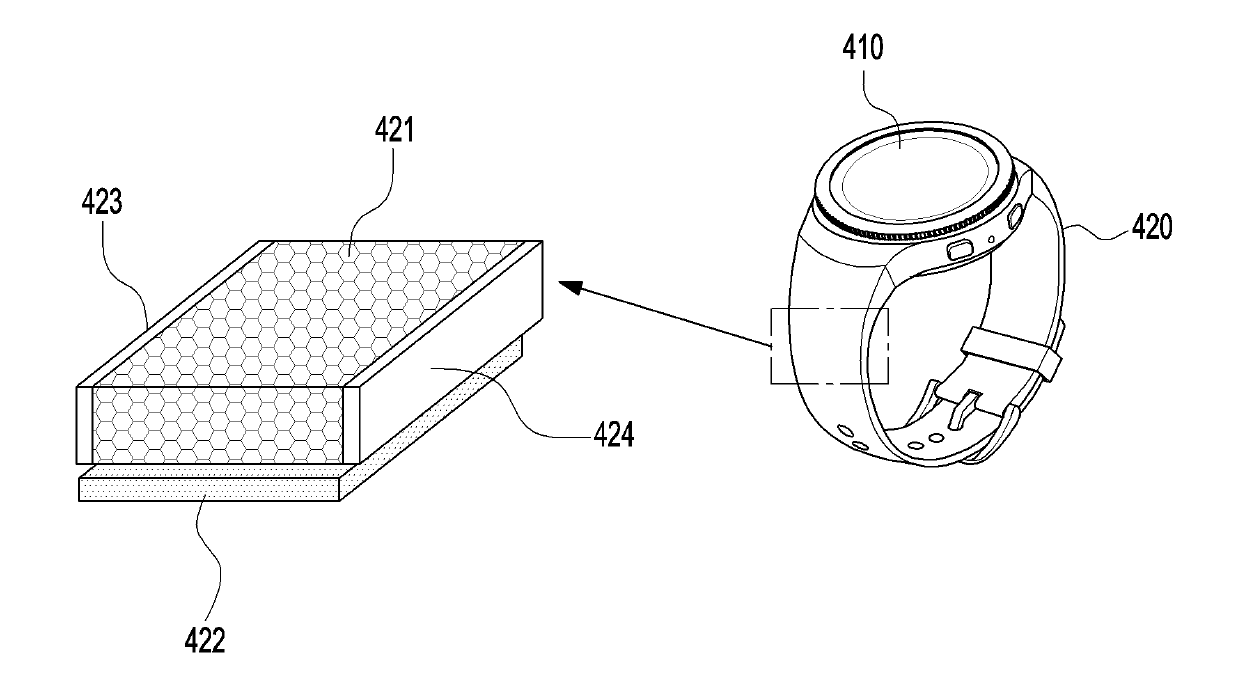Elasticity
Samsung Display, knowing without the support of its parent, having only Sony (SNE) as a 2nd customer for the TV panels, pushed its manufacturing lines to solve the yield problems, which began to see improvement around mid-year. With yields improving, Samsung could justify the QD/OLED product line, and while it was still a small part of the entire Samsung TV line, the volumes were increasing at SDC and the potential for the QD/OLED line was finally acknowledged.
The problem however was that the combination of Samsung’s lack of marketing, weak overall TV set sales, and worsening TV panel pricing, left the QD/OLED sets in a netherworld, unrecognized by consumers, despite very favorable technical reviews. Samsung seemed to recognize that they had a choice between a massive advertising campaign and setting a more attractive price point, and given the fact that even with the improving yields SDC had relatively limited display production capacity compared to other TV set modalities, the latter was chosen and the price of the sets was reduced.
While the price on Samsung’s website for both sets did change, the price on Amazon (AMZN), particularly those from 3rd party sellers, was much more telling and makes obvious the price point at which the sets became attractiuve to consumers, as shown in Figure 5. While some of that volume can be attributed to improving yield at SDC, it seems that by October the price points (~$1,500 for the 55” sets & ~$1,890 for the 65” sets) had been reached and sales improved significantly, We note also that during the earlier part of the year, Sony’s share was increasing and in September both Samsung and Sony had equal shipment share, but while Samsung continued to search for a more compatable price point, Sony did little to change the price of their QD/OLED sets, and share declined rapidly, hitting a low of 11.3% in November.
We expect Sony’s purchase targets from SDC were set early in the year and the improvememnt in SDC’s yield did little to change that, with Samsung Electronics getting the bulk of the increasing shipments, but the chart makes it convincing that such a steep increase in QD/OLED shipments was directly influenced by the price, especially as it leveled off when the increases occurred. 3rd party pricing on Amazon does not always reflect list or discounted pricing om brand sites, but it seems a better indicator than Samsung’s own ‘brand’ pricing, which did decline from the initial $2,200 & $3,000 to $1,500 and $2,000 during the holidays last year (up slightly since), so even with the vaguries of 3rd party pricing on Amazon, it seems obvious that Samsung found the price point it needed for the QD/OLED sets to compete with other TV set brands.
The question remains however, wher=ther the relatively small number of QD/OLED displays that can be produced by SDC will be enough for parent Samsung to truly support the technology as a viable part of its TV product line. Samsung has indicated that it will also be producing a 77” QD/OLED model this year, which is a size format that can be shared with 49”/50” displays cut from a single sheet, so we would expect to se additional QD/OLED panel sizes later this year, but most important would be the OK from both SDC and Samsung Electronics concerning the expansion of caapcity for the QD/OLED process, and that is a hard decision to be making during the weakest part of the yearly CE cycle. Hopefully that decision has already been made and suppliers contacted if such capacity could be put on this year, but until SDC makes such a commitment, QD/OLED will remain a small part of Samsung’s TV set line.

 RSS Feed
RSS Feed